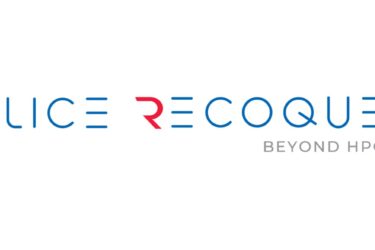Periodically IBM makes an announcement about a new initiative to attract the small and medium sized enterprises (SME) to use their products. They have done this for many years, the latest efforts of course being centred on e-commerce. In particular IBM is trying to get the smaller users to use tailored versions of their WebSphere product set.
The SME sector is a large one and represents a lot of business, but it traditionally has never yielded the profit margins needed for success by a huge corporation like IBM. The relatively low value of each individual sale makes it difficult for IBM because they need to have two (or more) sales models, one for large sales and one for lower value ones. To be fair to them, IBM have handled this problem reasonably well by establishing separate commercial entities for the different sectors, with different products. They have been very successful in the Unix sector and in the SME sector with the best business system of them all, the AS/400. They even did well earlier with the pedantic System 34 and 36. The latter showed the marketing skill of IBM because the System 36 was never in the same class (or value for money) of the minicomputers from DEC, etc.
But things have been different for the last 10 years or so. The distributed, network model has become the most significant. Even many big mainframe installations today are in fact large servers in a client/server environment. The large corporate users use the smaller systems to implement distributed solutions. Many banks for instance implemented AS/400s in each branch, so that these smaller systems came under the sales control of large corporate accounts, alongside mainframes. Thus the neat pigeonholes no longer applied; it was no longer a clear market of mainframes for corporates, AS/400 for SME, etc.
Unix was another story, because its main growth was in the industrial sectors, in which HP and Digital were already established, courtesy of the more flexible architectures of the minicomputers, i.e. a VAX, with the appropriate operating system, could be used for real time data collection and control, or for data processing; an AS/400 was not real time in the engineering sense, nor in specialist applications such as CAD. In retrospect then IBM did remarkably well, with a few early hiccoughs, to establish themselves as a major player in Unix systems from a standing start.
The other development that has changed the marketing strategies of large companies is the growth of Intel based products running Windows and now Linux. The earlier PCs didn’t have the power nor the reliability to act as servers, but that is no longer true. Indeed the more robust, specialised Intel based products, designed as servers are largely software compatible with the simpler, cheaper desktop PCs. IBM was of course instrumental in getting the PC started before throwing the market away to Microsoft. Until recently IBM’s efforts in the PC sector have been “catch-up” with Microsoft, Dell, HP (Compaq), etc., but they have found it much easier to come to terms with the use of Intel processors in specialised servers. Here of course there is a problem created by conflict between Intel servers and their proprietary PowerPC-based AIX systems. But this has also given them an opportunity to undermine the growth of Microsoft because they can offer the more suitable option of the Linux operating system for servers as an alternative to Windows. They are in a good position for once in the PC sector if and when Linux moves to the desktop.< BR>
Martin Healey, pioneer development Intel-based computers en c/s-architecture. Director of a number of IT specialist companies and an Emeritus Professor of the University of Wales.








